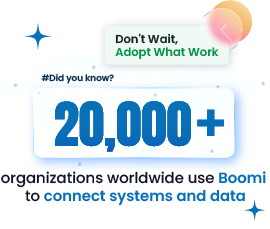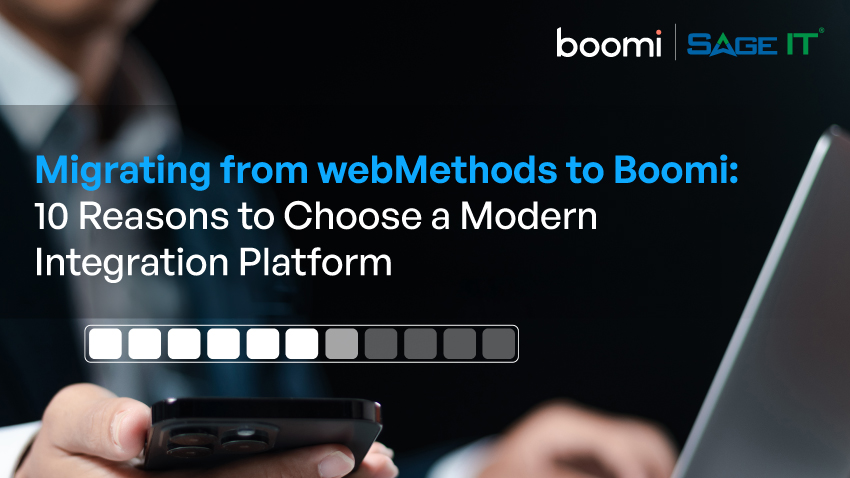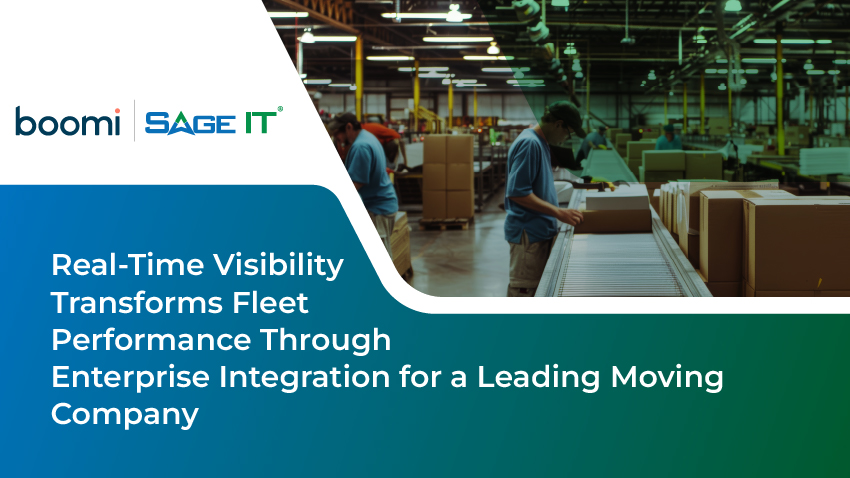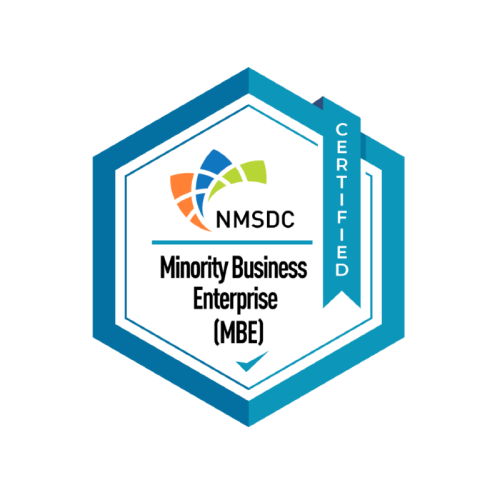“Running Workday without proper integrations leads to issues like manual data entry, disconnected workflows, and inconsistent information across your systems. HR, finance, and IT teams face challenges keeping employee data accurate, causing inefficiencies and errors that hinder your operations.
Boomi provides the solution. Connecting Workday with your enterprise systems, Boomi creates a unified environment where data flows smoothly between platforms. It minimizes manual tasks, ensuring that your critical HR, payroll, and finance processes work together efficiently.
Curious about how this addresses your integration challenges?
What are the Challenges in Workday Integration & How Boomi Solves Them
1. Data Inconsistencies
One of the biggest challenges with Workday integration is dealing with data inconsistencies across multiple systems. Without a unified solution, employee and financial data may become fragmented, leading to errors that disrupt workflows.
Boomi solves this by providing a Master Data Hub that keeps all data synchronized. Whether it’s payroll, benefits, or onboarding information, Boomi ensures that your data remains consistent and accurate, no matter which system it passes through.
2. Managing Complex Data Models
Workday’s data models can be complex, with various attributes tied to different modules, making integration a challenge. Mapping and transforming this data into a format that other systems understand often results in integration delays.
Boomi simplifies this by providing a flexible integration platform that adapts to Workday’s intricate data structures. With Boomi, you get smooth data flow, transforming Workday’s complex data into a usable format across all applications without delays or extra configurations.
3. Real-Time Data Synchronization
Workday does not natively synchronize data with other external systems in real time. This can cause delays in ensuring consistent information across systems like CRM, ERP, and payroll. Boomi bridges this gap by syncing data continuously between Workday and third-party applications.
When employee data gets updated in Workday, Boomi automatically syncs it across all connected systems, keeping departments like HR and finance aligned with the most up-to-date data.
4. Integration with External Applications
Workday’s integration capabilities are often limited when dealing with non-Workday applications. Boomi provides a solution by integrating Workday with a wide variety of external systems, including legacy applications and cloud platforms.
This is especially important for organizations that rely on systems like Salesforce, SAP, or NetSuite to manage their operations. With Boomi, integrating these disparate systems becomes far more manageable and less technically challenging.
5. Customizable and Scalable Integration
Workday’s built-in integration tools often require considerable customization and technical expertise, making it difficult to scale as organizations grow. Boomi resolves this by offering low-code, user-friendly integration tools and pre-built connectors that allow businesses to scale integrations easily as they adopt more systems. This flexibility ensures that your integration framework evolves with your business needs without introducing unnecessary complexity.
6. Bidirectional Data Flow
Workday typically handles data within its own ecosystem, which can limit flexibility when integrating with other systems. Boomi solves this by enabling bidirectional data flow, ensuring data can move both from Workday to other systems and vice versa.
This keeps all systems synchronized in real-time, allowing updates made in one system, such as payroll, to automatically reflect in Workday, maintaining data accuracy across the board.
Pre-Built Connectors: Speeding Up Workday Integration with Boomi
Boomi’s pre-built connectors provide purpose-built tools designed to facilitate integration between Workday and platforms like Smartsheet and Salesforce. These connectors eliminate the need for heavy development work, allowing rapid deployment with minimal disruption to existing processes.
Plug-and-Play Solutions:
Boomi’s plug-and-play connectors are crafted to connect Workday seamlessly with essential platforms like Smartsheet or Salesforce, providing immediate data synchronization. IT teams don’t need to build custom code or handle complicated workflows.
The pre-configured connectors ensure that HR, finance, and project data remain updated across systems in real-time. By deploying pre-tested, highly adaptable tools, you avoid development bottlenecks and bypass redundant manual processes.
Customization Options:
These connectors, while operational out of the box, offer deep customization capabilities for businesses with specific integration requirements. Whether dealing with complex workflows or custom data structures, Boomi’s connectors adapt to suit precise needs.
Customization remains controlled through intuitive interfaces, reducing the reliance on in-depth coding knowledge. Tailoring integrations to fit unique enterprise configurations keeps workflows aligned, without unnecessary resource drain or rework.
Time and Cost Savings:
Using Boomi’s pre-built connectors brings immediate operational benefits, cutting integration timelines drastically. By eliminating prolonged coding cycles and reducing the demand on IT infrastructure, Boomi significantly lowers the overall cost of integration.
Fewer development hours, minimized errors, and quick onboarding mean that teams can focus on strategic tasks while realizing a faster return on technology investments. This leads to cost containment without compromising performance or scalability.
How to Implement Boomi Workday Integration
Step 1: Set Up Boomi for Workday
- Open Boomi and navigate to the Connectors Library.
- Select the Workday connector. You’ll need your Workday tenant URL and authentication details.
○ Tip: Make sure you have the correct Workday credentials before starting this step. - Enter your credentials and configure the connection to match your Workday environment. This will link Workday with the other systems you plan to integrate.
Why this matters: Proper setup ensures that Workday data syncs smoothly with other enterprise systems without manual intervention.
Step 2: Configure Data Mapping
- In Boomi, select the data fields from Workday that you want to integrate with other systems.
- Map each Workday field (such as employee name, department, or compensation) to its counterpart in the destination system (e.g., your CRM or payroll tool).
○ Tip: Double-check that field types match across systems to prevent errors during integration. - Use Boomi’s transformation tools to adjust data formats as needed (e.g., converting date formats or numerical values).
Why this matters: Correct data mapping ensures that Workday data flows into other systems accurately, maintaining data integrity across platforms.
Step 3: Test the Integration
- Run a test process to simulate the data flow from Workday to your other systems.
- Check for any errors or inconsistencies in data mapping or workflows.
- Monitor the test results to ensure that data transfers without interruptions and triggers workflows correctly.
○ Tip: Run multiple tests with different data samples to cover all edge cases.
Key Decision Point: At this stage, if you encounter complex issues or notice data flow inconsistencies, consider reaching out to a Boomi consulting partner for expert guidance. They can help fine-tune your integration and ensure it meets your business needs without delays.
Step 4: Monitor and Optimize
- Set up monitoring tools in Boomi to track data flows continuously.
- Check logs regularly for any discrepancies or performance issues.
○ Tip: Boomi provides detailed logs that can help identify where any issues arise in the process. - Use the monitoring data to adjust and optimize workflows as needed, ensuring smoother operations. If you’re seeking continuous improvement beyond initial setup, Sage IT’s fully managed Boomi offering can take over proactive monitoring, auto-remediation, and performance tuning to free up your internal teams.
Why this matters:Ongoing monitoring helps detect issues early, preventing disruptions to your HR or payroll processes.
Step 5: Scale Your Integration
- As your organization grows, you can add new systems or data fields to your Boomi-Workday integration.
- Adjust data mapping as necessary to accommodate changes like new employee records, departments, or additional platforms (e.g., integrating with new CRMs or finance tools).
○ Tip: Boomi allows for easy scaling without affecting your existing workflows.
Why this matters: Scaling ensures that your integration setup grows with your business, keeping data synchronized across expanding systems.
Conclusion
As you look ahead, scalability and flexibility should remain at the heart of your integration strategy. With Boomi’s modular platform, adapting to changes in your business becomes straightforward, whether it’s adding new systems, managing larger data volumes, or evolving workflows.
Automation continues to remove manual steps in key processes, unlocking deeper insights into HR and finance data. You can stay agile as Boomi delivers real-time analytics and proactive monitoring. Looking to simplify this process? Boomi Integration by Sage IT provides a structured approach to integrating Workday with Boomi, setting your organization up for long-term success.

